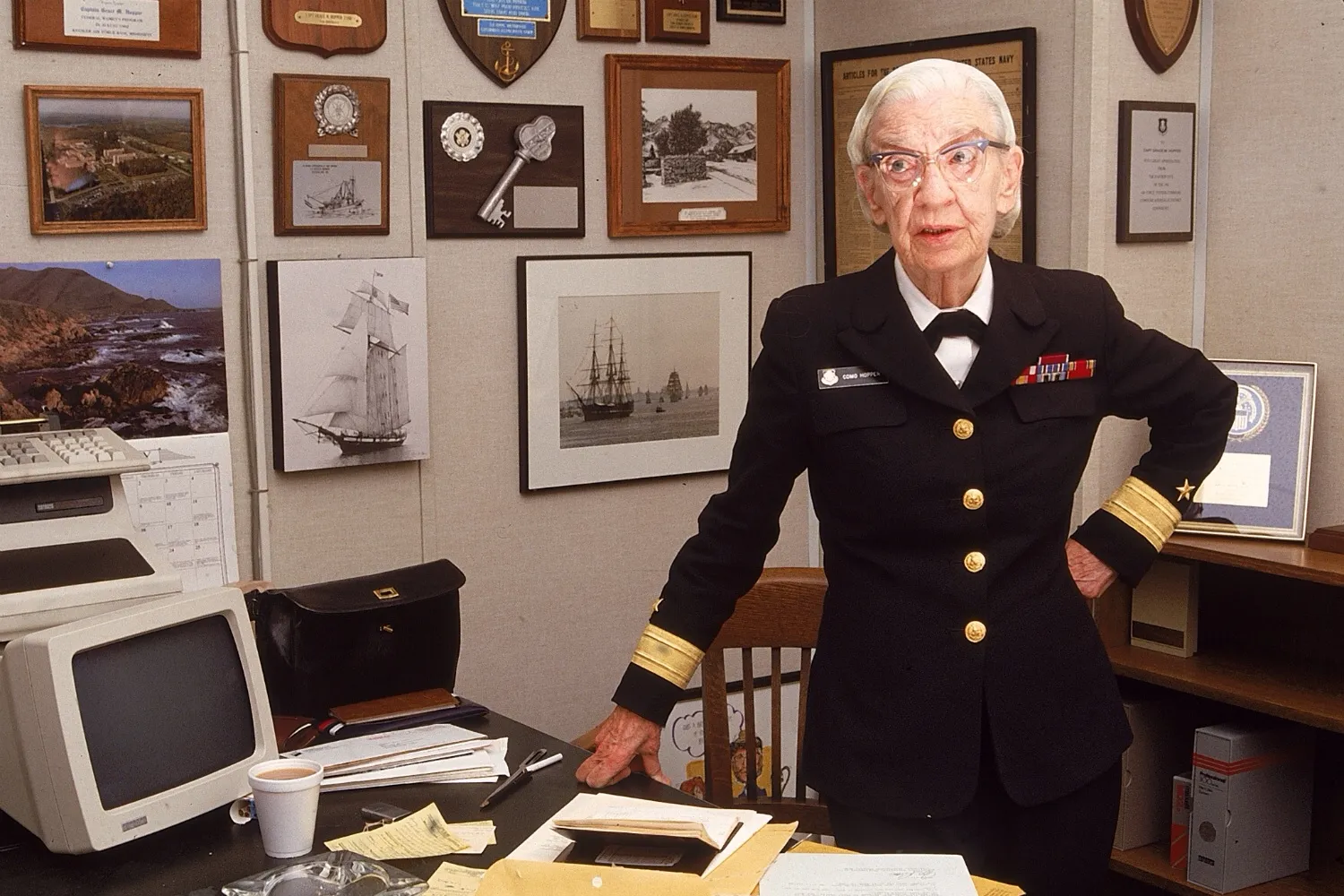
Grace Hopper-The Woman Who Revolutionized Computers
Mar 26, 2025Grace Murray Hopper may not be a household name, but her impact on modern computing is undeniable. She played a pivotal role in making computers more user-friendly and was instrumental in the development of programming languages like COBOL, which paved the way for SQL, Python, and many others.
Born on December 9, 1906, in New York, NY, Hopper was the daughter of Walter Fletcher Murray, a Yale graduate and successful business owner, and Mary Campbell Van Horne, who dedicated her life to raising their three children. From an early age, Hopper displayed a natural curiosity for engineering—constantly dismantling and reassembling household items.
Hopper graduated from Vassar College in 1928 with bachelor’s degrees in mathematics and physics. She then pursued a master’s in mathematics at Yale and later returned to Vassar as an adjunct professor while completing her Ph.D. in mathematics in 1934.
When Pearl Harbor was attacked, Hopper was determined to serve her country. Initially rejected due to her age and small stature, she persisted and was eventually accepted. In December 1943, she took a leave of absence from Vassar to train at the Midshipmen’s School for Women at Smith College. After earning her commission as a lieutenant junior grade, she was assigned to the Bureau of Ships Computation Project at Harvard, where she worked on the IBM Mark I, the first electromechanical computer in the U.S. Her work involved complex calculations for rocket trajectories and anti-aircraft gun range tables. As one of the first computer programmers, she wrote a 500-page user manual for the Mark I.
After the war, the Navy denied Hopper a full-time commission, leading her to shift from academia to computing. She continued working under Navy contracts on the Mark II and Mark III computers. When her three-year fellowship ended, she found no permanent positions available for women and left.
In 1949, Hopper joined the Eckert-Mauchly Computer Corporation in Philadelphia as a senior mathematician, where she worked on UNIVAC, the first commercial electronic computer. There, she pioneered automatic programming and, in 1952, developed the first compiler, A-0, which translated mathematical code into machine-readable language. Without this breakthrough, modern coding as we know it would not exist.
In 1953, Hopper proposed using English words instead of symbols for programming. Though met with skepticism and ridicule, she pressed forward and, in 1956, created the first English-language compiler, Flow-Matic. This innovation laid the foundation for COBOL (Common Business-Oriented Language), which made computers accessible to businesses and non-engineers alike.

Photo grabbed from techland.time.com
Despite initially being denied a full-time naval commission, Hopper remained a Navy reservist. She was forced to retire in 1966 due to age but was recalled just three months later to standardize the Navy’s multiple computer languages and systems. She remained on active duty for 19 more years, retiring as a rear admiral at age 79.
Hopper was a visionary, leader, and educator. Her ability to inspire others earned her the nickname “Amazing Grace.” She dedicated her life to making technology more accessible and changing the way the world interacted with computers. Grace Hopper wasn’t just a mathematician and programmer—she was a trailblazer who shaped the digital age.
References and Resources:
🔗 Yale University: Biography of Grace Murray Hopper
🔗 National Women's History Museum: Grace Hopper
🔗 Norwood, Arlisha. “Grace Hopper." National Women's History Museum, 2017. Accessed February 25, 2025.
